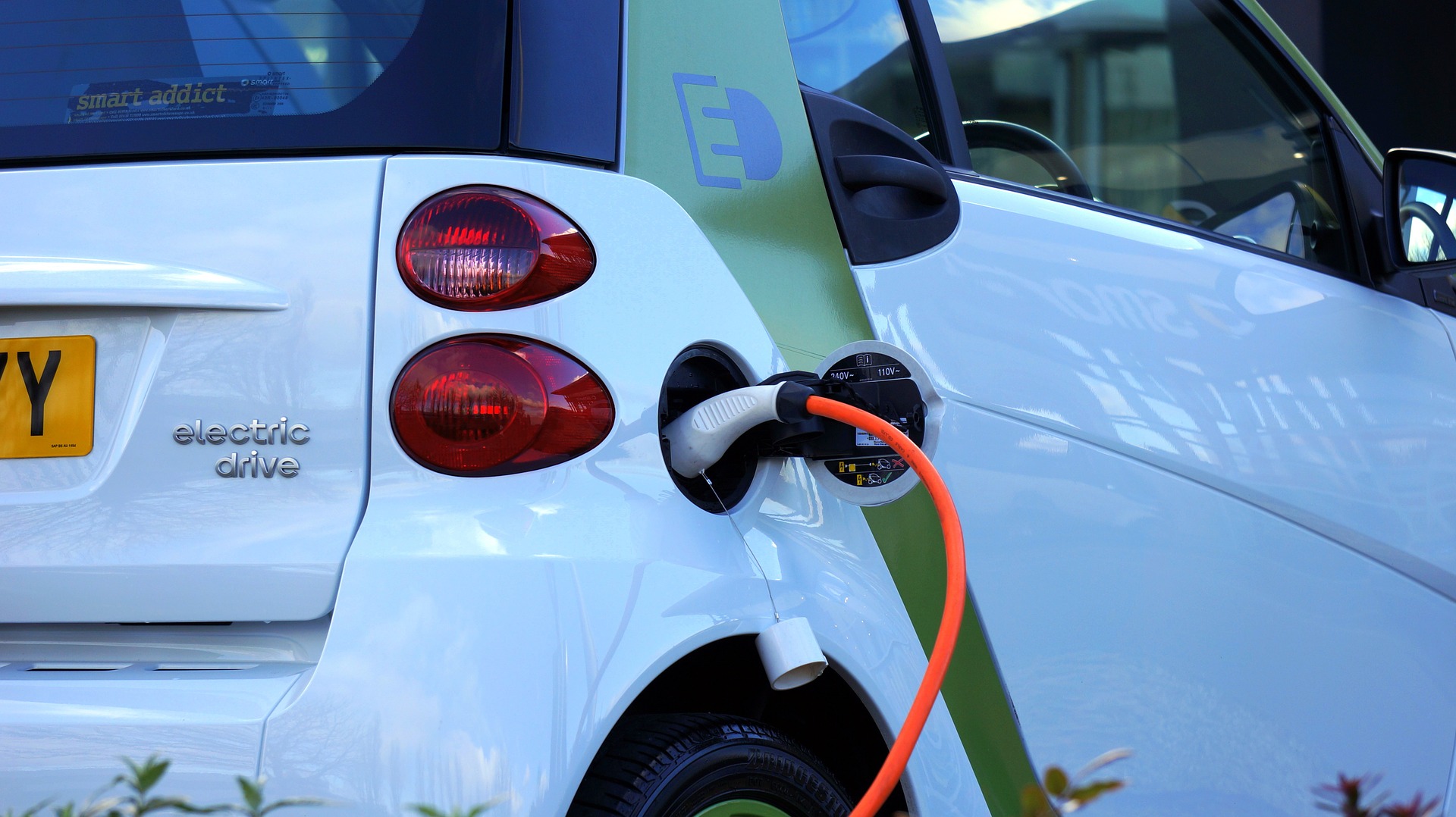Hitting the Accelerator on Transportation Electrification
On May 15th, Xcel Energy released their first Transportation Electrification Plan (TEP). It’s their proposal to spend $101.5 million on transportation electrification - things like the infrastructure to support more than 18,000 charging stations, 100,000 new electric vehicles, electric school buses, and community charging hubs. One thing’s for sure: this is a big deal.

On May 15th, Xcel Energy, the largest utility in Colorado, released their first Transportation Electrification Plan (TEP). It’s their proposal for how much money they’ll spend on transportation electrification – things like the infrastructure to support more than 18,000 charging stations, 100,000 new electric vehicles, electric school buses, and community charging hubs (I picture banks of shared electric bikes or scooters available for community use). There are over 300 pages of documents to cover what they’ll do over the next three years (once they get Public Utilities Commission approval in the fall), and as I continue to dig into it I find new things.
But one thing’s for sure: this is a big deal.
This will likely be the single biggest action taken in Colorado to tackle our state’s climate and air pollution problem this year.
It helps convert our transportation system away from dirty fossil fuels and toward the cleaner, cheaper fuel that comes from our electricity grid all while bringing in new sources of revenue that should result in lower electricity bills for everyone in the future. Their proposal is an important strategy for the state to hit its goal of 940,000 electric vehicles on the road by 2030.
The Proposal
Xcel is proposing to invest $101.5 million from 2021-2023 in promoting and supporting the conversion of our transportation system to one fueled by electricity. Making electricity our fuel for transportation will reduce greenhouse gas emissions and other air pollutants that are bad for our health immediately by eliminating tailpipe emissions. As Xcel’s grid gets more of its energy from renewable resources, the electricity for our vehicles will get even cleaner.
Xcel’s electrification proposal divides the $101.5 million into five main portfolios: Residential; Multi-Unit Dwelling; Commercial; Advisory Services; and Research, Innovation, and Partnerships.